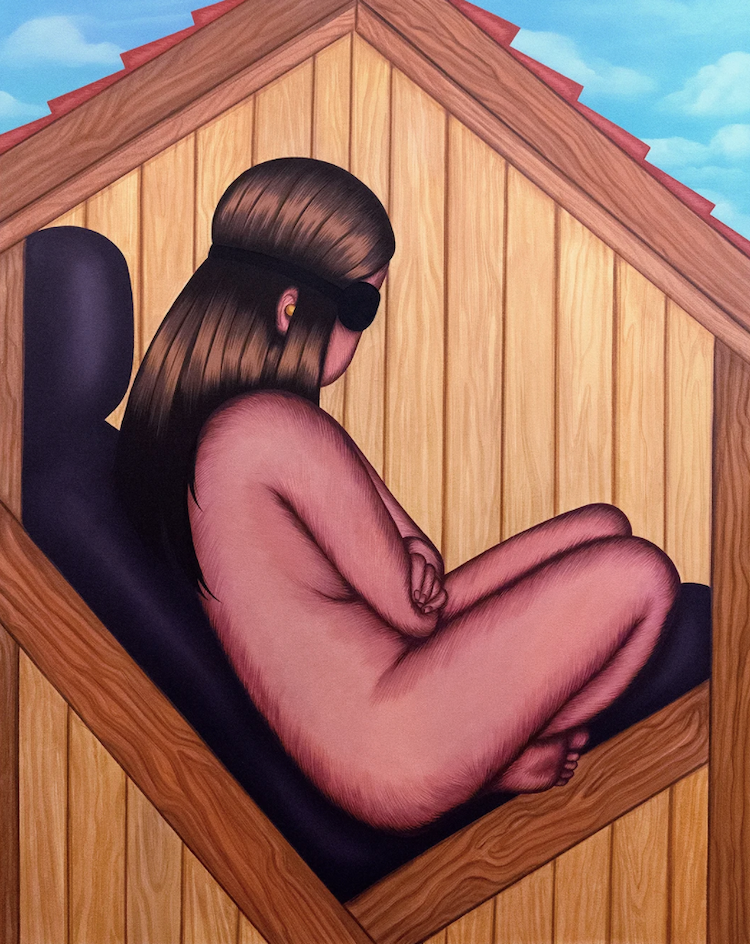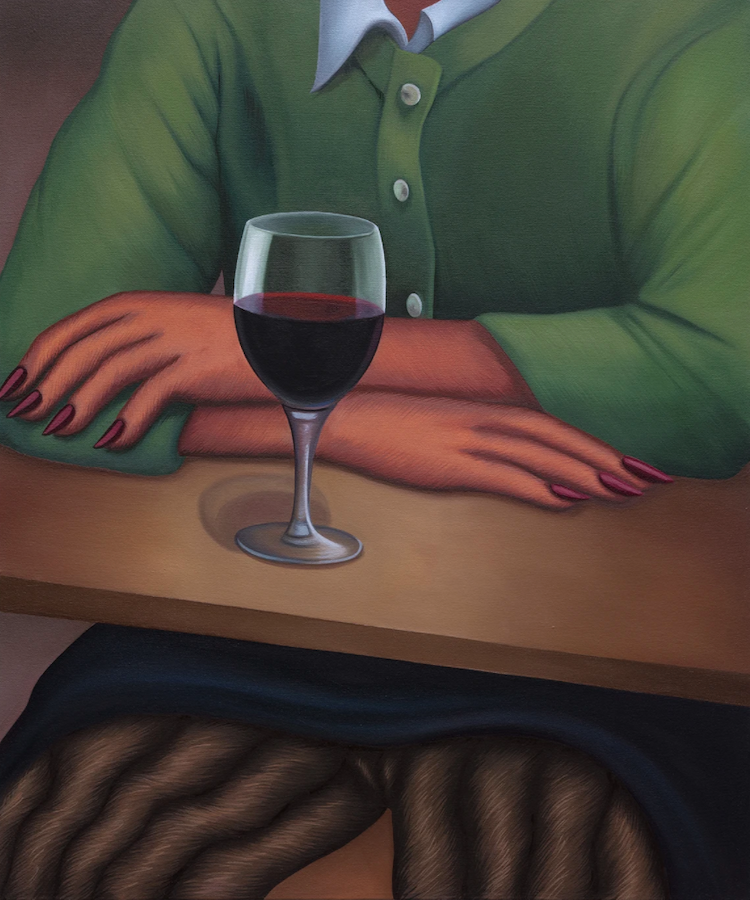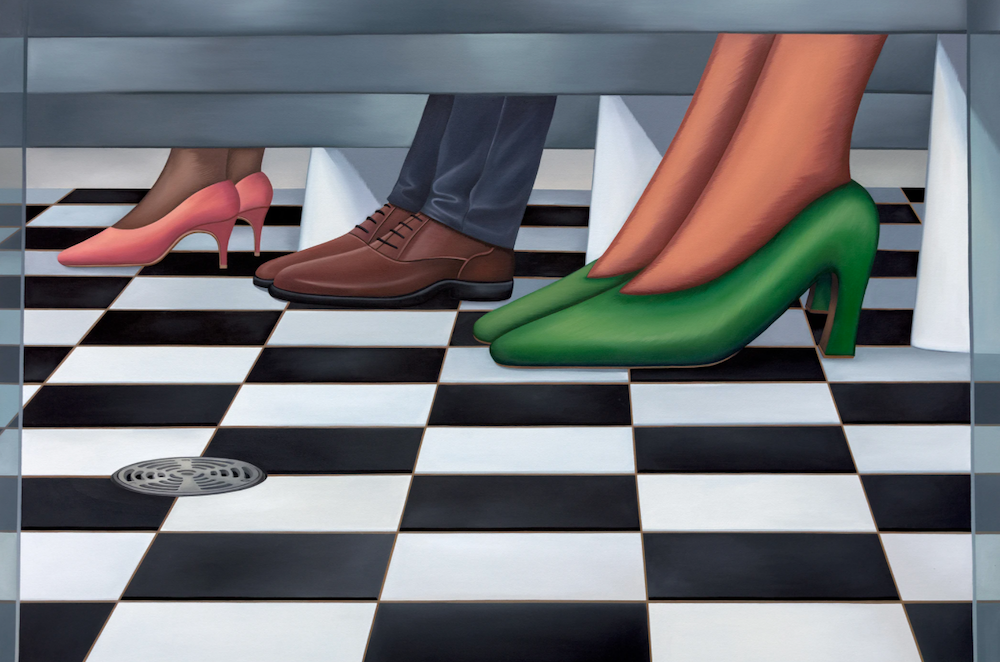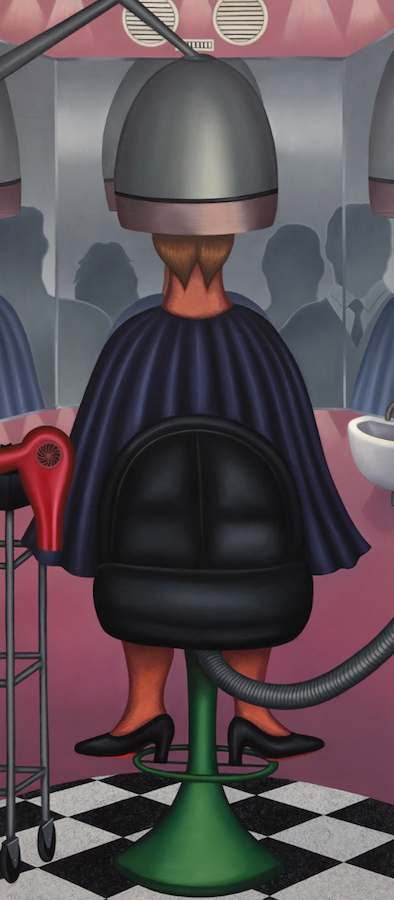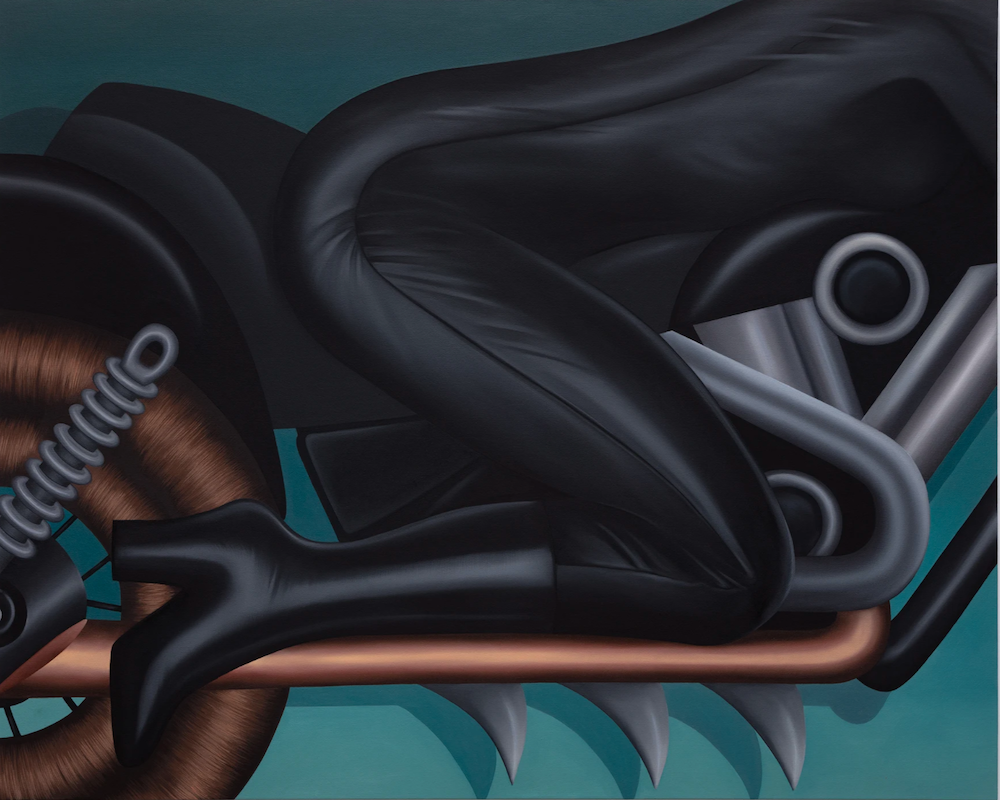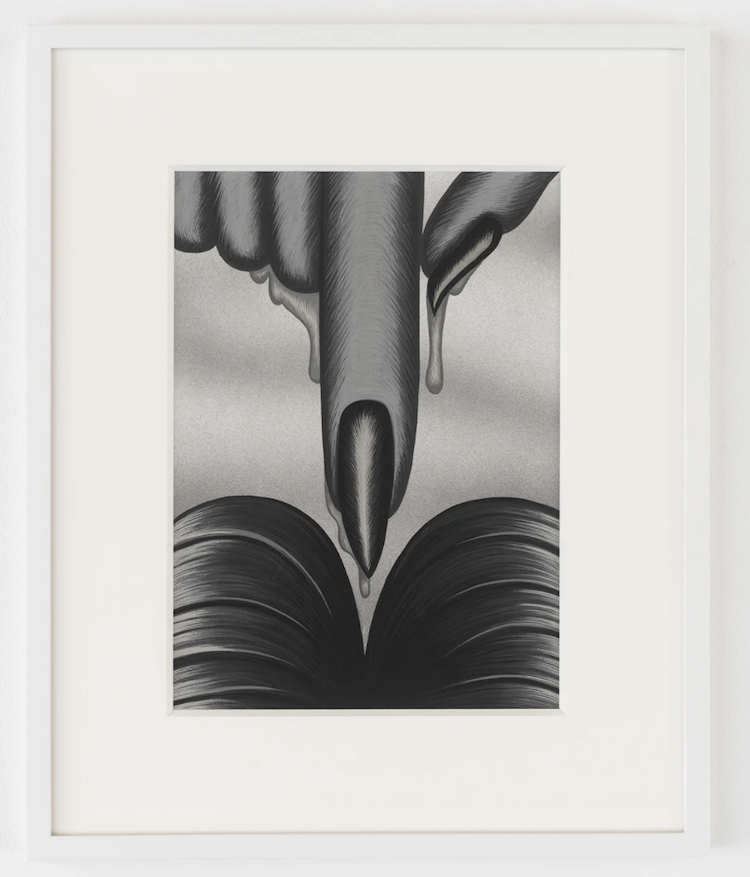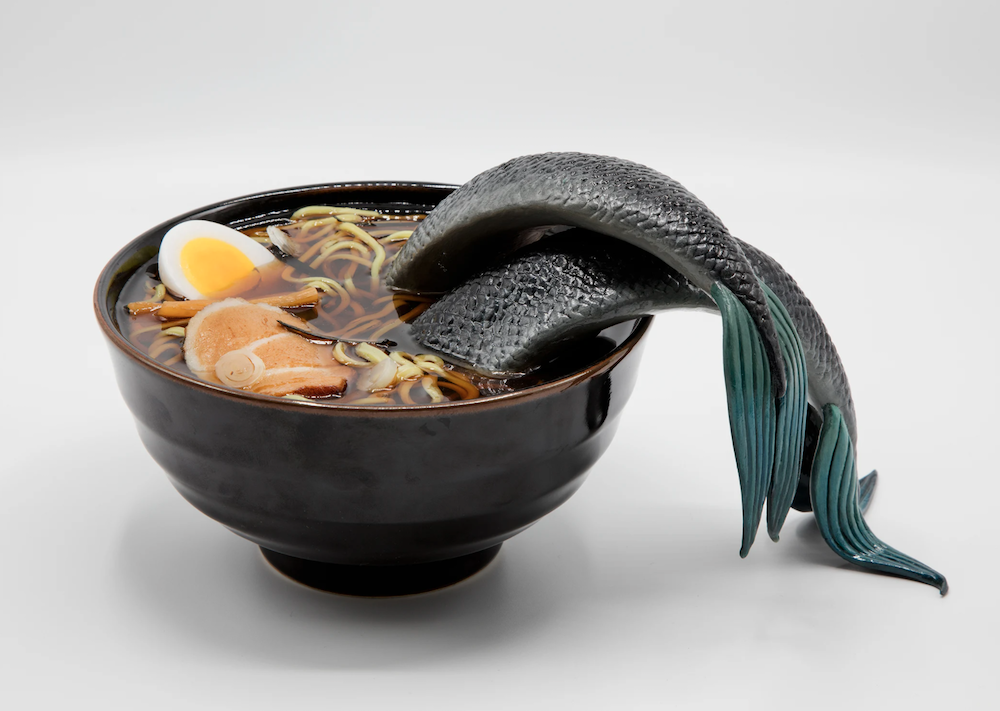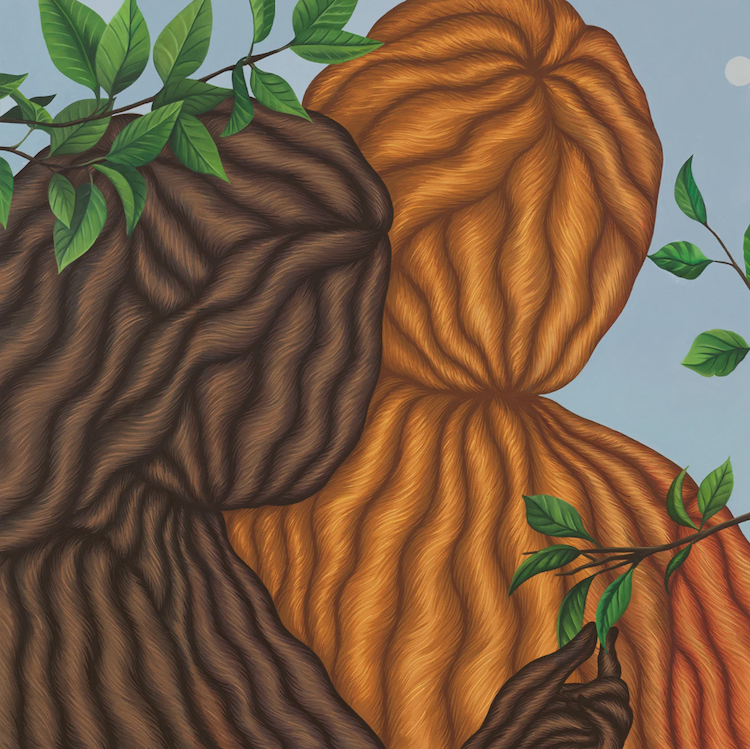I, for one, have overused the phrase, "This is so surreal," probably way too many times in my life (even when it's not surreal in the slightest, mind you). This year, though, is surreal. No hyperbole. As I was looking through the works of Julie Curtiss' solo show, Square One, which was destined for her old hometown of Paris and a solo booth at FIAC and is now set as a pop-up with Anton Kern in her new hometown of NYC at 198 Allen Street from October 20—31, I was thinking of the surrealness of this year and how Curtiss' work is such a perfect companion. Something is off, and some things are familiar, and her work speaks to how we seem to adjust so quickly to a new reality, as bizarre or unstable as it may be.
Anton Kern mentions how the title, Square One, "echoes the global reset we are all faced with—the simultaneous idea of regression, coupled with the promise for a fresh start." It also speaks of how we adjust some willingly to completely insane norms of both privacy and public life, pop-culture and media, health and respect. This challenging year isn't even just about a pandemic, but how people respond to collective calamity. In America, obviously, this hasn't gone well if you look from top to bottom in authority. And in this Square One universe, everything is just slightly in need of a second look, and reimagination of what normal is. 
One of our favorite pieces in the show, Mauvais Sang (seen above), has all the hallmarks of the Curtiss wit and detail-orientated touches. The cropped female figure, the glass of red wine, the fingernails, the table... and then, the hair in place of legs and the sexual innuendo are all so subtle and yet so profound. The gallery writes of creating works"around ideas of privacy and display," and this piece seems to be the centerpiece in Square One in so many ways. Then there is a resin sculpture work, Last Embrace, an almost Duchamp-esque readymade sculpture that is of a simple ramen soup dish with large fish fins sticking out. Curtiss says of the work, “Aren't we all in the same soup?”, and that potentially could be the mantra for 2020 if not the 21st century.
In an interview I conducted with Curtiss in 2019, she mentioned being inspired by surrealists like Dorothea Tanning and the Chicago Imagists, but she feels like an original now. She said to us at the time, "The interesting thing for me, while revisiting the Surrealist language, is to turn that female archetype inside out, shifting perception, like the model descending from the pedestal and picking up a brush." Not only is Curtiss a gifted painter and storyteller with the ability to shift perceptions as an artist, but she's creating a whole new language. —Evan Pricco



